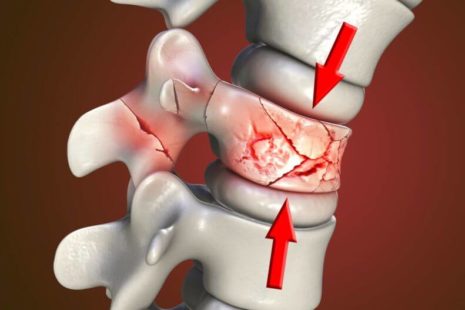Gymnasts may tape their ankles for floor routines for several reasons, including injury prevention, support, and stability.
Here are some reasons why gymnasts may choose to tape their ankles…
- Injury Prevention – Gymnasts perform dynamic and high-impact movements during floor routines, including tumbling passes, jumps, and landings, which can place stress on the ankle joints and surrounding tissues. Taping the ankles can provide additional support and stability, reducing the risk of injuries such as sprains or strains.
- Ankle Support – Some gymnasts may have a history of ankle injuries or instability, or they may have laxity in the ligaments supporting the ankle joint. Taping the ankles can help reinforce the ligaments and provide a sense of security and support during movements that require ankle stability, such as landings and take-offs.
- Joint Alignment – Taping techniques can help promote proper alignment of the ankle joint, which is essential for optimal biomechanics and movement efficiency. By stabilizing the ankle joint, taping may help reduce excessive pronation or supination, which can contribute to overuse injuries or biomechanical imbalances.
- Psychological Confidence – Taping the ankles may also provide gymnasts with a psychological sense of confidence and reassurance, particularly if they have experienced previous ankle injuries or have concerns about joint stability during routines. The added support from ankle taping can help gymnasts feel more secure and focused on their performance.
- Coach or Trainer Recommendation – In some cases, gymnasts may tape their ankles at the recommendation of their coaches or sports medicine professionals. Coaches may suggest ankle taping as a preventive measure or as part of a pre-competition routine to help minimize injury risk and optimize performance.
It’s important to note that while ankle taping can provide temporary support and stability, it is not a substitute for addressing underlying biomechanical issues, strength deficits, or movement dysfunctions. Gymnasts should also focus on comprehensive injury prevention strategies, including proper warm-up and cool-down routines, flexibility and strength training exercises, and technique refinement, to minimize the risk of ankle injuries and promote long-term joint health.
Proper taping technique is essential to ensure effectiveness and minimize the risk of skin irritation or other adverse effects. Gymnasts should consult with qualified sports medicine professionals, such as athletic trainers or physical therapists, for guidance on appropriate taping techniques and individualized injury prevention strategies based on their specific needs and circumstances.



